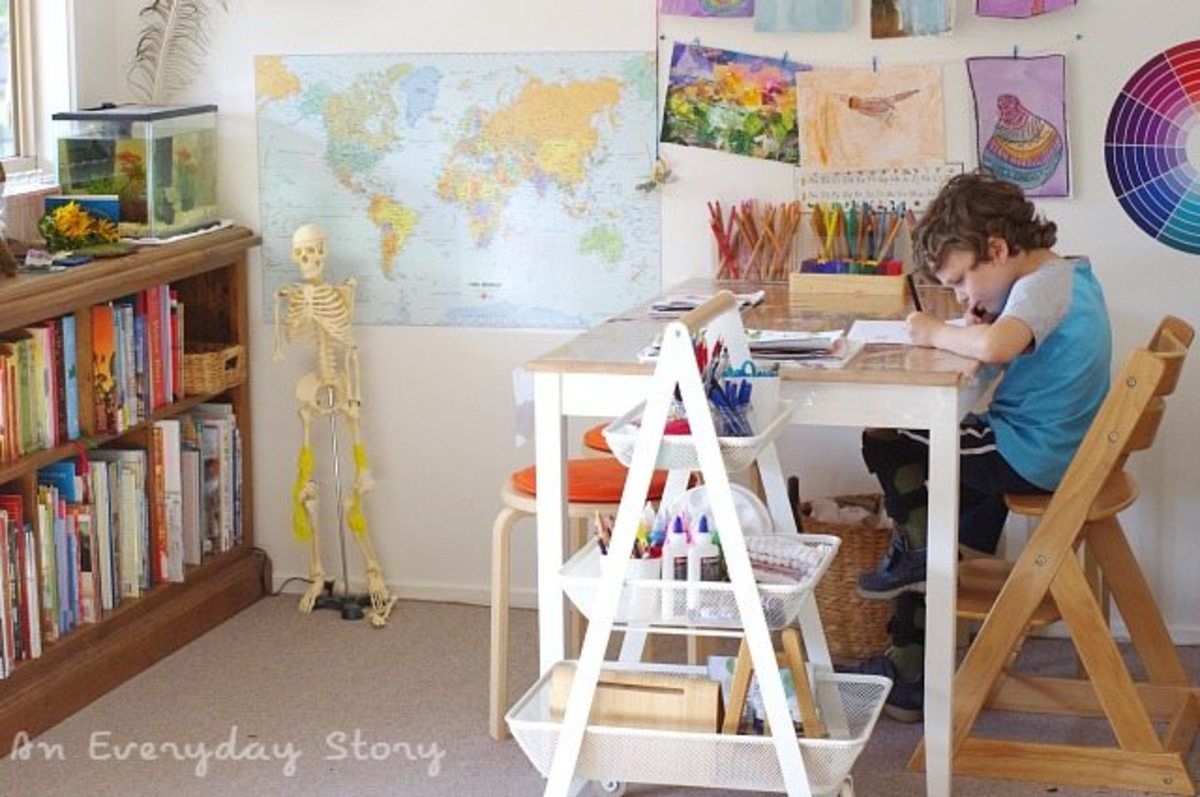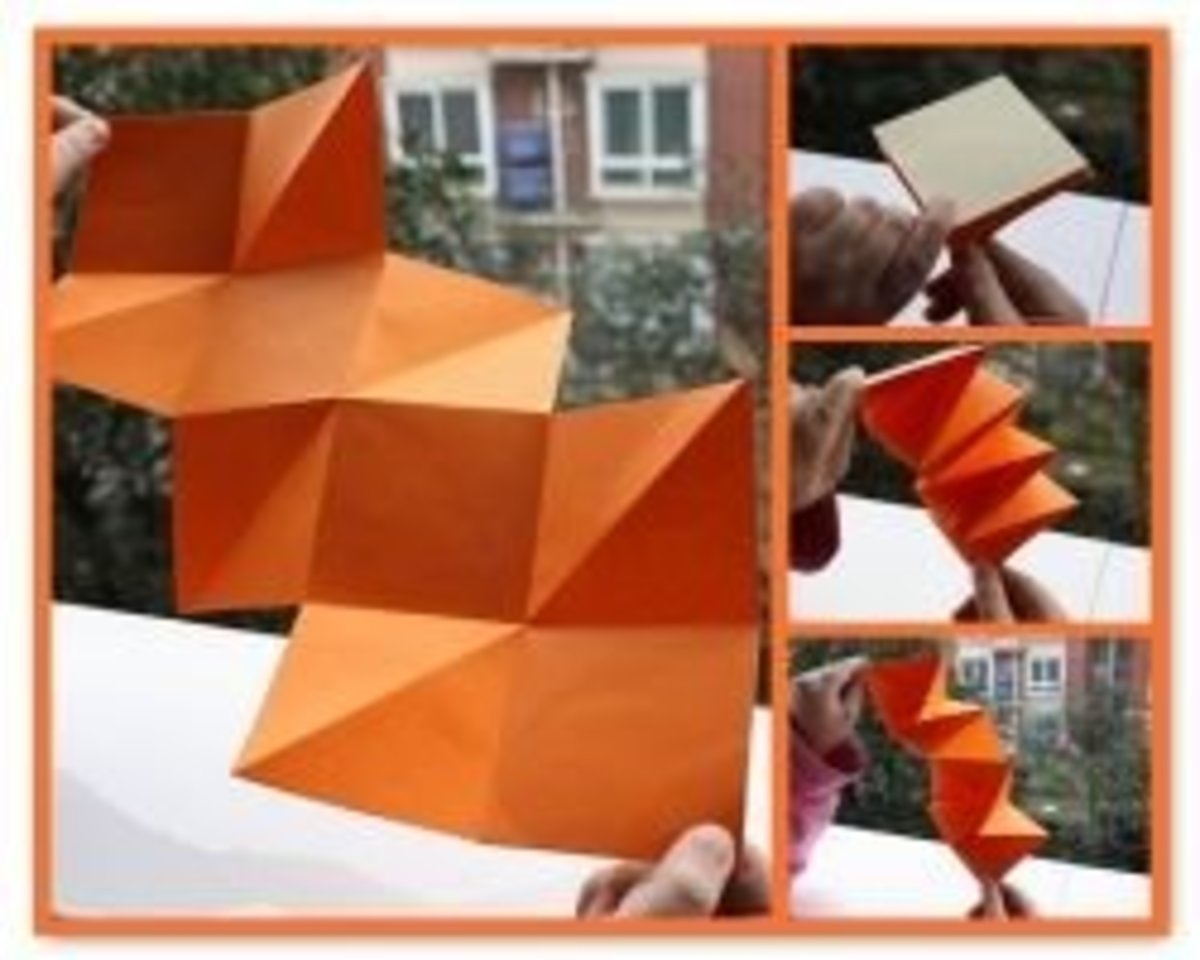Curriculum and Methods for Homeschooling Children who Have Trouble Paying Attention
Charlotte Mason, a British educator, gave some excellent advice when she said, “You want the child to remember? Then secure his whole attention.” (Home Education, Vol. 1, p. 156)
But what if your child is not paying attention?
Miss Mason has some encouraging words: "This act of bringing the whole mind to bear, may be trained into a habit at the will of the parent or teacher who attracts and holds the child’s attention by means of a sufficient motive.”
Here I will give you a toolbox of "motives" to offer your child. There is rarely a single silver bullet that erases all attention issues. And every child is different. That is exactly why I offer so many possibilities. Try out a few of these choices, one after the other, to find some that work with your child.

Computer Based Curriculum
A child who doesn't like computers is a rare child, indeed. Generally, computers are great motivators for children just because they are interactive and fun. Take advantage of that natural interest in computers by offering some instruction electronically.
Time4Learning is an online language arts and math curriculum that paces your child according to his needs and keeps detailed records of that progress for the parent.
Teaching Textbooks is a math curriculum that is composed of CDs and an optional workbook. My daughter has used this material for over one year. It has given her the chance to do more of her work independently. And usually she is willing to do her math just because the format is engaging.
Workbox System
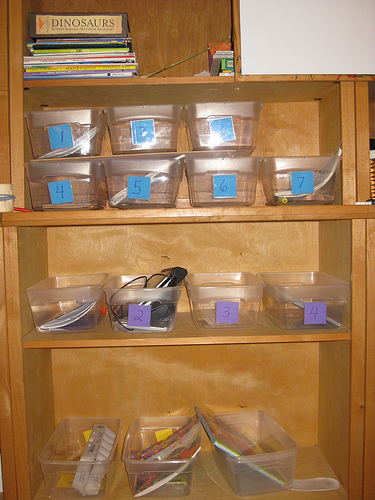
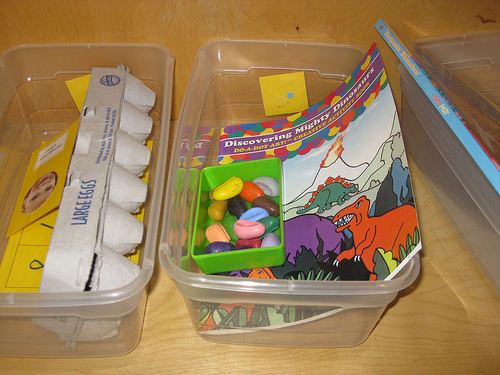
Workbox System
Workboxes are an organizational method that may provide needed structure for a child who struggles to pay attention. The whole system is outlined in Sue Patrick's book (linked to the right).
Basically, a child's day is structured through physical boxes (baskets, crates, or whatever container you choose) that are filled with activities and materials for individual lessons. The boxes are numbered in the order the child is to complete the activities inside.
NOTE: The workbox system is not a curriculum. You use your books, workbooks, games, manipulatives, and activities inside the boxes.
Why does this system help with attention?
- The child can see clearly what is next.
- The activities are designed to be done quickly and without lots of help from mom.
- Many of the activities are hands-on and otherwise interesting.
For More About Workboxes
- Working the Workboxes
Maureen has done a fantastic job outlining workboxes in detail. - The Holistic Homeschooler: Charlotte Mason & the Workbox System
This mom shares the benefits of a workbox system.

Hands-on and Oral Activities
Engaging as many senses as possible is a cardinal rule in teaching.
How can my child see, hear, feel, taste or smell this concept I am teaching? Just seeing is probably not enough. But if you pair seeing with doing and hearing, you have a winning combination.
Hands-on activities engage the feeling sense. You do have to be sure that your activity is truly a teaching activity and not just a project for the sake of doing a project. Think hard about the educational value of the project you are planning. What will the child bring away from the activity? An example is making a salt-dough map. I don't want my child to remember painting the dough and making toothpick land markers. I want her to remember the shape of the state she mapped and the names of the rivers and cities. So when we are doing the activity, those are the things I need to emphasize with letting her SEE and HEAR as well as DO.
For some children, the physical task of writing feels difficult. Make it easier for them. Allow oral responses rather than written ones. Your homeschool day will go by much faster, your child will still demonstrate his understanding, and both of you will be happier people. Don't buy into the myth that everything of value in homeschool has to be written down. Wrong. Oral answers are okay.
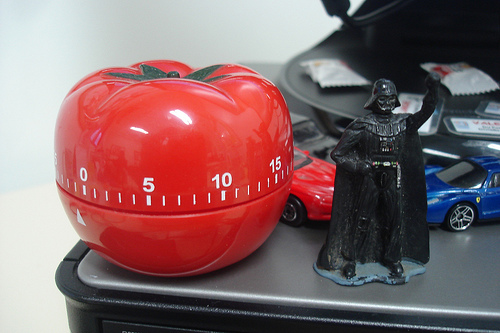
Timer for Homeschool
Short Lessons & Frequent Breaks
You may find that very short lessons is an effective way to engage the focus of your child. Don't belabor any one subject too long. And order the subjects with a mix of difficult and easier areas so the child gets a mental "break" after a more challenging lesson. Take periodic breaks as well. Those breaks don't have to be a total stopping of work. They can merely be a shift in type of work.
"Break" ideas
- tidy up the bedroom
- fold the laundry
- go get the mail
- practice a musical instrument
- entertain a sibling
Since your adult sense of time will be much different from your child's, you may find using a timer a good way to keep track. Another perk is that your child can set the timer and turn it off when it sounds. Besides being fun, this gives the child a sense of control of how long his lessons are.
Spelling Power is a curriculum that is based on a principle of short lessons. Each day's lesson takes a total of 15 minutes: 5 minutes of quizzing, 5 minutes of learning the words, and 5 minutes of activity.
How Long Are Short Lessons?
elementary students
| 1st-5th grades
| 15 - 20 minutes
|
middle school students
| 6th - 8th grades
| 30 minutes
|
high school students
| 9th - 12th grades
| 45 minutes
|
These are general guidelines. Slowly increase lesson times as your child matures.

Ownership & Control
Give some of the control over homeschooling to your child. Let him make some decisions about what and how to learn.
Get feedback about what your kids want to learn. Unless you are following a very strict curriculum, there is freedom to skip about and study different topics as interest arises. When a child is motivated to learn, his interest and attention will follow.
This doesn't mean that you have to become an unschooler in order to give your child some ownership. If you carefully craft the choices, you will be allowing him to choose while you remain content with this choices.
For example, imagine you have given your child a look at your planned schedule for the day. Ask him these questions:
- What would you like to do first?
- What would you like to do next?
- Would you like to do a little bit of history every day or do it all today and be done with it for the week?
When you are doing your planning, you can also ask for feedback.
- What topic would you most like to study next in history or science?
- What field trip would you most like to attend?
- What book would you most like to read?
TIP: Don't ask for your child to make choices for the entire year or even term. By the time you get to it, his interest may have waned. Just ask for help with the next choice.
Accelerate Learning
This may seem counterintuitive. If your child isn't paying attention, you generally feel a need to repeat material or at least slow down the pace. However, in some situations accelerating the pace or the difficulty may be a solution. Why?
Gifted children sometimes struggle with paying attention because they are bored. Instead of slowing down and repeating, try moving forward quickly or choosing more challenging assignments. If your child's attention increases, then you can guess that he was bored.
More Articles
- Help! My Child is Easily Distracted
There are things you can do to help your child not be distracted from his homework or homeschool assignments.




